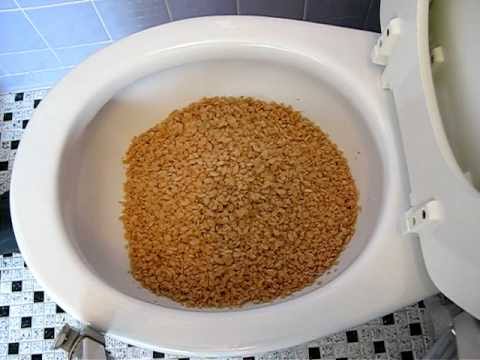Is it Permitted to Dispose of Food Down the Toilet?
Is it Permitted to Dispose of Food Down the Toilet?
Blog Article
Just how do you feel with regards to Is it safe to flush food (especially rice) down the toilet??

Introduction
Lots of people are typically faced with the problem of what to do with food waste, especially when it comes to leftovers or scraps. One typical question that develops is whether it's all right to flush food down the commode. In this post, we'll delve into the reasons that people could consider purging food, the effects of doing so, and alternative methods for correct disposal.
Reasons that individuals may take into consideration flushing food
Absence of awareness
Some individuals may not understand the potential injury triggered by flushing food down the bathroom. They may wrongly think that it's a harmless practice.
Ease
Purging food down the toilet might appear like a fast and very easy service to throwing away undesirable scraps, particularly when there's no neighboring trash can offered.
Idleness
In many cases, individuals may simply pick to flush food out of large negligence, without taking into consideration the effects of their actions.
Effects of flushing food down the bathroom
Ecological effect
Food waste that winds up in rivers can add to contamination and injury water environments. Furthermore, the water utilized to purge food can strain water sources.
Plumbing problems
Purging food can cause clogged up pipelines and drains, creating pricey plumbing repair services and aggravations.
Sorts of food that ought to not be flushed
Fibrous foods
Foods with fibrous appearances such as celery or corn husks can get entangled in pipelines and trigger blockages.
Starchy foods
Starchy foods like pasta and rice can soak up water and swell, leading to blockages in pipes.
Oils and fats
Greasy foods like bacon or cooking oils ought to never ever be purged down the bathroom as they can strengthen and cause clogs.
Proper disposal methods for food waste
Making use of a waste disposal unit
For homes furnished with garbage disposals, food scraps can be ground up and flushed via the plumbing system. However, not all foods appropriate for disposal in this manner.
Recycling
Certain food packaging materials can be recycled, decreasing waste and minimizing environmental impact.
Composting
Composting is an environment-friendly way to deal with food waste. Organic products can be composted and used to enrich soil for gardening.
The relevance of appropriate waste management
Decreasing ecological damage
Appropriate waste administration practices, such as composting and recycling, assistance lessen pollution and maintain natural resources for future generations.
Securing pipes systems
By avoiding the technique of flushing food down the commode, house owners can stop pricey plumbing fixings and preserve the integrity of their pipes systems.
Conclusion
In conclusion, while it may be appealing to flush food down the bathroom for convenience, it's important to comprehend the possible consequences of this activity. By adopting proper waste management techniques and dealing with food waste properly, individuals can contribute to much healthier plumbing systems and a cleaner setting for all.
FLUSH FOOD DOWN THE TOILET?
FLUSHING FOOD CAN CAUSE BLOCKED DRAINS IN YOUR HOME
All of the plumbing fixtures in your home are connected to the same sewer pipe outside of your home. This outdoor sewer pipe is responsible for transporting all the wastewater from your home to the Council sewer mains. Even small pieces of food that go down the kitchen sink can cause problems for your sewer. It should therefore be obvious that flushing larger bits of food, such as meat, risks a clog in either the toilet itself or the sewer pipes. Flushing greasy food is even more problematic because oil coagulates when it cools, coating the interior lining of your pipes.
THE TOILET IS NOT A BIN
Food isn’t the only thing that people shouldn’t be flushing down the toilet. People use the toilet to dispose of all kinds of things such as tampons, makeup wipes, dental floss, kitty litter and even underwear. Water goes to great lengths to educate residents about the high costs and stress placed on wastewater treatment systems simply from people flushing the wrong stuff down the toilet. It costs taxpayers millions of dollars each year, and homeowners thousands in blocked drain repairs.
FLUSHING FOOD IS A WASTE OF WATER
Flushing food is a waste of our most precious resource - water. In June this year Level 1 water restrictions were introduced to protect water supply from drought conditions. Much of New South Wales continues to be affected by prolonged drought with recent figures revealing up to 97 per cent of the state remains in drought. Depending on whether you have a single or dual flush toilet, every single flush uses between five and 11 litres of water. In the current climate this is a huge amount of water to be wasting on flushing food that should be placed in the bin (or better yet, the compost).
https://www.jabplumbingsolutions.com.au/blog/can-you-flush-food-down-the-toilet

As a keen person who reads about , I was thinking sharing that information was worthwhile. Sharing is caring. Who knows, you could be doing someone a favor. We appreciate reading our article about Flushing Food Down the Toilet?.
Explore Report this page